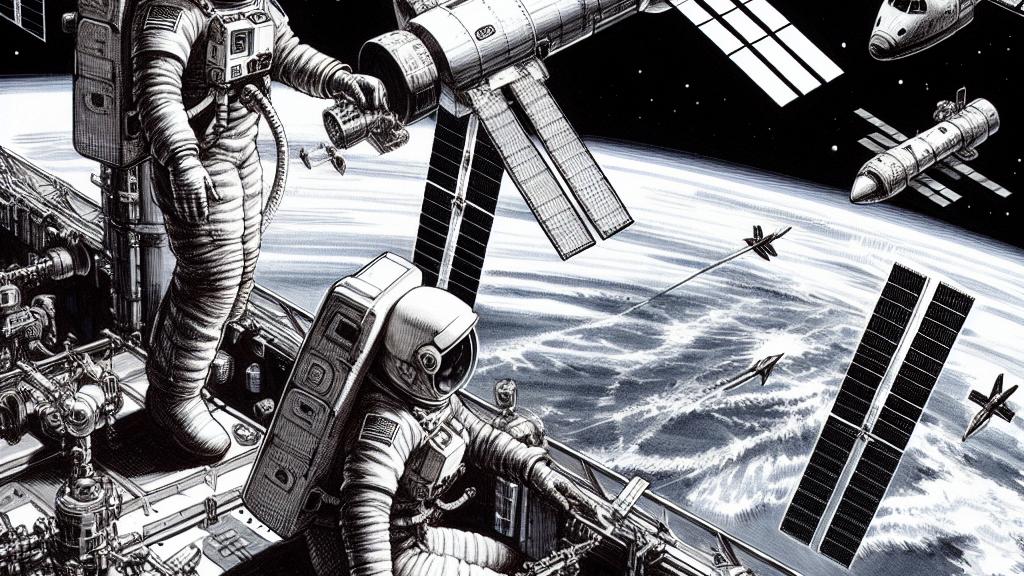NASA Astronauts Achieve Historic Spacecraft Transition
Overview
- NASA astronauts transition from Boeing's Starliner to SpaceX's Crew Dragon, breaking new ground in human space exploration.
- This unique maneuver showcases their achievement as the first astronauts to operate both spacecraft, underlining the progress in aerospace technology.
- By maintaining a competitive landscape for crewed spacecraft, NASA is ensuring its missions are more effective and inspiring future generations.

Historic Spacecraft Transition
In a remarkable event occurring 250 miles above Earth at the International Space Station (ISS), NASA astronauts Butch Wilmore and Suni Williams are poised to make history by transitioning from Boeing's Starliner to SpaceX's Crew Dragon. This transition is not merely about logistics; it signifies a monumental leap in their careers and human spaceflight as a whole. For instance, the astronauts will free up a docking port for an upcoming SpaceX cargo mission, an intricate choreography of space logistics that reflects the agency's agility and planning prowess. This carefully orchestrated move is pivotal as the ISS operates with limited docking facilities—demonstrating how critical adaptability is in the evolving realm of space exploration.
Spacecraft Record Holders and their Legacy
With this mission, Wilmore and Williams will have traveled aboard four different spacecraft, joining an elite group that includes legendary astronauts like John Young, who flew in both Gemini and Apollo missions. Their multifaceted experiences not only enhance their personal legacies but also weave a rich tapestry that showcases the evolution of space exploration technologies. Simultaneously, it’s vital to highlight the challenges that persist; Boeing's Starliner has faced numerous reliability issues, raising valid concerns about its operational readiness. Therefore, as NASA fosters a competitive environment within its Commercial Crew Program, these pioneering astronauts are seamlessly navigating through a complex landscape, preparing for future innovations in commercial space travel.
NASA's Strategic Outlook for the Future
As NASA looks to the future, it remains firmly dedicated to sustaining two operational crewed vehicles, effectively balancing competition with SpaceX’s Crew Dragon. This commitment is essential not just to maintain operational efficiency but to inspire the next generation of explorers. Complicating this landscape is the potential sale of the Starliner program by Boeing, which could reshape the fabric of future missions. Moreover, with the ISS slated for decommissioning around 2030, NASA's focus on cultivating robust partnerships and pursuing innovative solutions is increasingly paramount. Such strategies will not only uphold its legacy in space exploration but also ensure that the great unknown remains within reach for future dreamers and pioneers ready to explore the cosmos.

Loading...